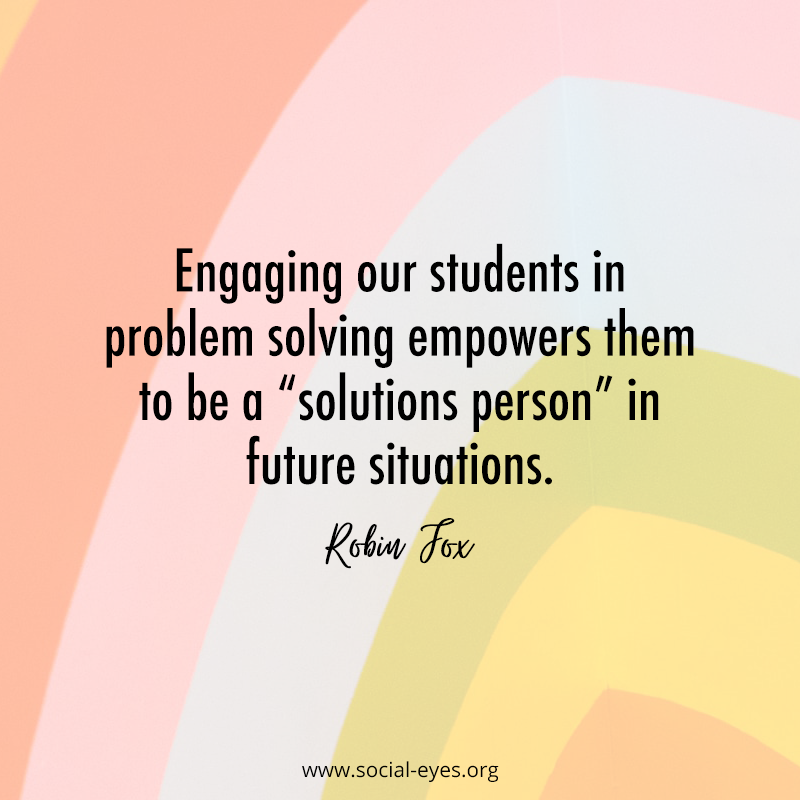The Effects of Engaging Our Students in Problem-Solving
One of our students (who is non-binary and uses the pronouns they, them, theirs) liked to draw and color during the online group time to calm them down and help them focus. They were definitely paying attention to what was transpiring in the class as they offered input at all the right times.
At first that was fine. We are very careful to let our students find their comfort levels in all aspects of their participation.
One day, their drawing became an obstacle to the exercise we were doing. I mentioned to them that they needed to “Look on Purpose” because they were missing visual clues.
They were very apologetic and immediately stopped drawing to focus fully on the other faces in the grid.
I set up a Zoom call with them the following day. I told them that I needed their help. The drawing was getting in the way of them getting the optimum experience in the group.
Because drawing was definitely making them feel comfortable, I told them I was hoping they could come up with some ideas of how they could meet the need that drawing fills and be visually attentive to the others in the group.
They were filled with great ideas.They ran around looking for their stress toy and assured me that they would use it next class. I made a few suggestions, too, and we had a great time collaborating on solutions.
They agreed to be a social investigator and note the differences that occurred when they were using a self-soothing device that freed them to Look on Purpose at the other players.
They became the sovereign overseer of this adjustment.
We’ll meet again to collaborate on what worked and how they can keep refining this process. Engaging our students in problem solving empowers them to be a “solutions person” in future situations.


